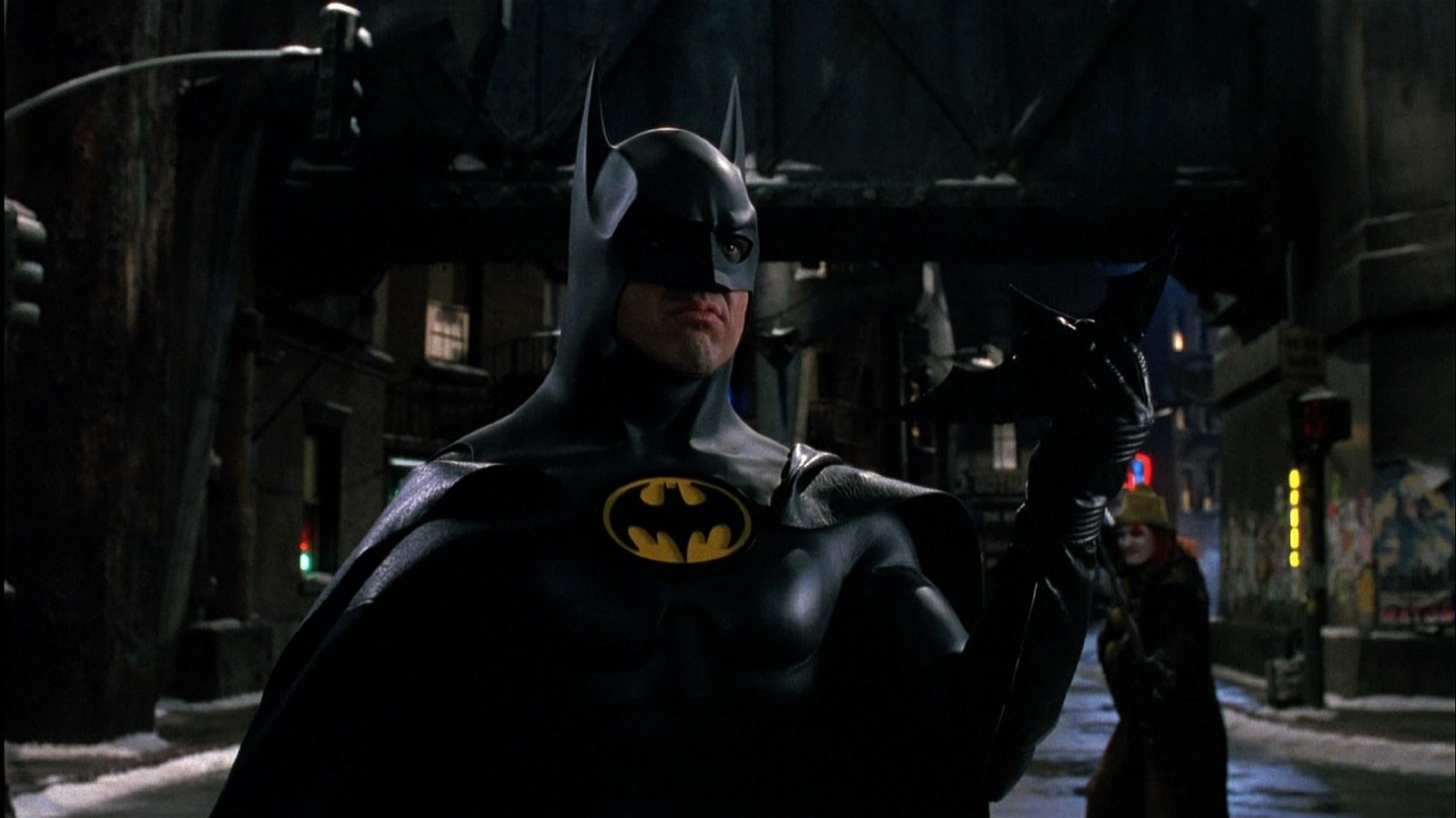

We love genre films because we know what we’re going to get the best genre films give us what we expect but then twist it, transform it, delight us.ħ.

Instead of simply trying to add more dancers, or more flips, or more paint or rain, each dance is a new take on the idea of dance performance. In Revolution, there’s car dancing, table dancing (not how you might imagine), salsa, modern dance, and good ol’ fashioned industrial-landscape street dancing. In most dance movies - and Step Ups in particular - there’s a certain style of elaborate, tricked-out street dancing that, by the end of the film, can almost become tiresome. The dancing set-pieces are breathtaking and unexpected - and all in different ways. (“The Artist,” “The Tech Guy,” “The FX Guys,” etc).Ħ. The cast of characters in “The Mob” (the dance crew) are so one-note and classically awesome. The director of photography/cinematographer is named Crash.Ĥ. A+ for dancing, B- for acting, A- for beach hair, B+ for sultry looks.ģ. The female lead (Kathryn McCormick), who’s apparently somewhat annoying on So You Think You Can Dance, is pretty solid and unannoying. And also act? He’s of the Tatum-school of acting: lots of earnest beefiness. the biggest surprise of my movie-going summer.
#Step up movies revolution cast movie#
Now I will submit, for your approval, a new entry in the dance movie canon: Step Up: Revolution, a.k.a.

It was the Transformers 3 of dance movies: all explosions, no soul. The fact that a movie in which a slurpee came off the screen toward you was a boring slog should tell you what you need to know. But Step Up 2 The Streets broke rule number 1 (lead male dancer not hot enough) and Step Up 3D flagrantly violated rule number 8. Apart from the weird subplot involving a gang hit, it’s almost a perfect movie. I love early C-Tates, I love his sweatpants, and I love that scene in the club where everyone somehow knows the same dance and he gloriously pops his collar. Like so many of you, I’ve seen and loved Step Up. ( How She Move breaks rule #1 and is all the better for it.) The films of the Contemporary Dance Movie Hall of Fame do all these things and do them well: Center Stage, Step Up (the first), the new Footloose (just trust me here), Dirty Dancing: Havana Nights and, obviously, Save the Last Dance. But the more you let the bodies - not the FX - be the spectacle, the more awesome the dance movie. I’m fine with fast-cuts, montages, and manipulative sound editing. When directors CGI and slo-mo the shit out of a dance routine, the pleasure we take in what a body can do is lost. Let me elaborate: the best part of watching dancing is watching bodies move. Dance for freedom, dance against racism, dance to defeat machinations of manipulative white men, dance against capitalism, etc., etc.Ĩ. There must be a vague social commentary nested within the dancing. At least one should be in a public space, at least one should be on an actual stage.ħ.

There must be at least six dance sequences, with varying degrees of formality, planning, improvisation, costumes, synchronicity. There must be a killer soundtrack, filled with a mix of old and new dance classics.Ħ. There must be someone who doesn’t understand that all one/both of the main characters wants to do is DANCE.ĥ. There must be one or more dead or absent parents.Ĥ. This is also where the people who can really f-ing dance but can’t act get to hang out.ģ. This is where the non-white people get to shine. There must be a supporting cast of dance characters. These leads are, for better or (usually) worse, white, because obviously white people are solidly B+ dancers/make marketing executives less nervous.Ģ. Preferably, these leads must have slightly different dance “styles” that will, through the course of 90 minutes, turn into a sweet dance alchemy evidenced in one or more dance finales. There must be a (hot) male lead and (hot) female lead, both of whom can dance. Here is what you need to understand about dance movies: there are rules.ġ.


 0 kommentar(er)
0 kommentar(er)
